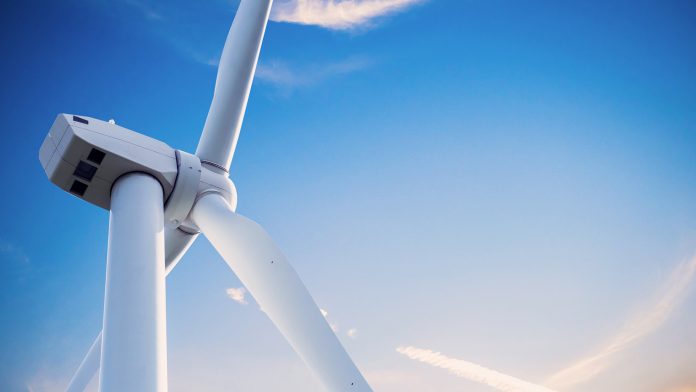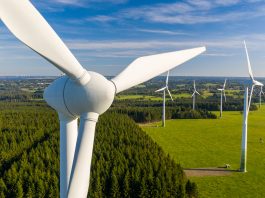Researchers from the U.S. Department of Energy’s National Renewable Energy Laboratory have used robots to help automate the manufacture of wind turbine blades.
Using robots in the wind turbine manufacturing process eliminates human-difficult working conditions and has the potential to improve the product’s consistency.
Although robots have been used in the wind energy sector to paint and polish blades, automation has not been widely adopted.
The new research has revealed that robots can also trim, grind, and sand blades. This occurs after the two sides of the blade are made using a mould and then bonded together.
The paper is published in the journal Wind Energy.
Benefits of automating the post-moulding process
The post-moulding operations to manufacture wind turbine blades require workers to use scaffolding and wear respiratory gear.
Automation of these operations will boost employee safety and well-being and help retain skilled labour.
Daniel Laird, director of the National Wind Technology Center at NREL, said: “Though it may not be obvious, automating some of the labour in blade manufacture can lead to more US jobs because it improves the economics of domestic blades versus imported blades.”
The robotic system would provide consistency in blade manufacturing, which is not possible when all the work is done by humans.
A robot could use tougher and more aggressive abrasives than a human could tolerate.
How does the robot work?
The research was conducted at the Composites Manufacturing Education and Technology (CoMET) facility at NREL’s Flatirons Campus.
The robot worked on a five-metre-long blade segment.
Although wind turbine blades are considerably longer, this segment worked as a test as blades bend and deflect under their own weight.
Because of this, a robot would have to be programmed to work on the bigger blades section by section.
A series of scans were used to create a 3D representation of the blade’s position and to identify the front and rear sections of the airfoil.
From there, the team programmed the robot to perform various tasks, and it was judged on speed and accuracy.
The team found areas for improvement in the future, particularly when it came to grinding parts of the blade.
“As we’ve gone through this research, we’ve been moving the goalposts for what this system needs to do to be effective,” said Hunter Huth, a robotics engineer at NREL and lead author of the paper.
The research was funded by the U.S. Department of Energy’s Advanced Materials and Manufacturing Technologies Office.









